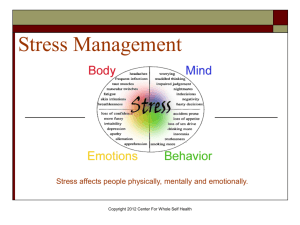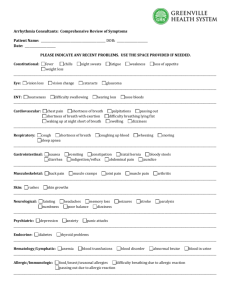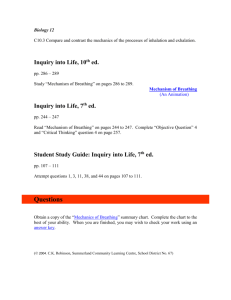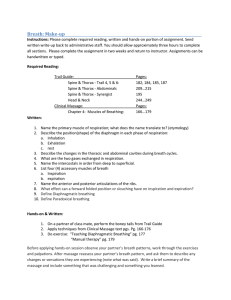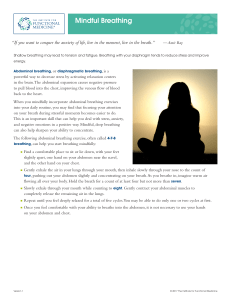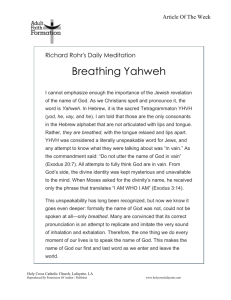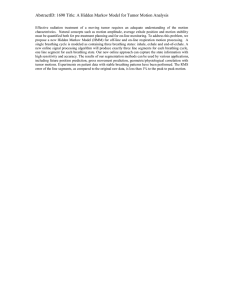HS20-HB1 Analyze the anatomy and physiology of a healthy human
advertisement
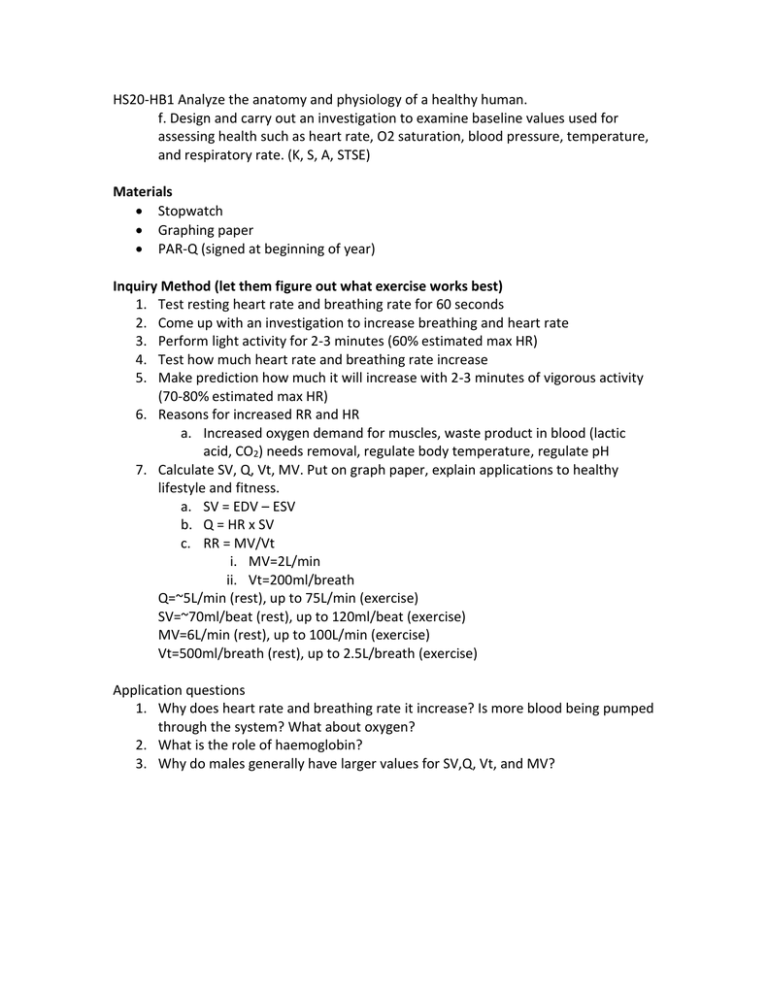
HS20-HB1 Analyze the anatomy and physiology of a healthy human. f. Design and carry out an investigation to examine baseline values used for assessing health such as heart rate, O2 saturation, blood pressure, temperature, and respiratory rate. (K, S, A, STSE) Materials Stopwatch Graphing paper PAR-Q (signed at beginning of year) Inquiry Method (let them figure out what exercise works best) 1. Test resting heart rate and breathing rate for 60 seconds 2. Come up with an investigation to increase breathing and heart rate 3. Perform light activity for 2-3 minutes (60% estimated max HR) 4. Test how much heart rate and breathing rate increase 5. Make prediction how much it will increase with 2-3 minutes of vigorous activity (70-80% estimated max HR) 6. Reasons for increased RR and HR a. Increased oxygen demand for muscles, waste product in blood (lactic acid, CO2) needs removal, regulate body temperature, regulate pH 7. Calculate SV, Q, Vt, MV. Put on graph paper, explain applications to healthy lifestyle and fitness. a. SV = EDV – ESV b. Q = HR x SV c. RR = MV/Vt i. MV=2L/min ii. Vt=200ml/breath Q=~5L/min (rest), up to 75L/min (exercise) SV=~70ml/beat (rest), up to 120ml/beat (exercise) MV=6L/min (rest), up to 100L/min (exercise) Vt=500ml/breath (rest), up to 2.5L/breath (exercise) Application questions 1. Why does heart rate and breathing rate it increase? Is more blood being pumped through the system? What about oxygen? 2. What is the role of haemoglobin? 3. Why do males generally have larger values for SV,Q, Vt, and MV?

